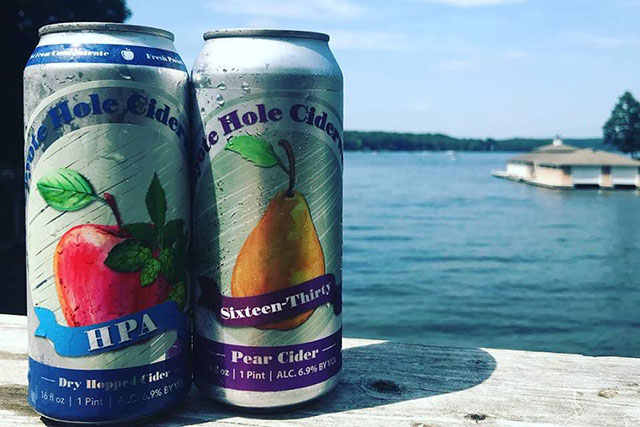
As the craft cider industry continues to expand, getting your cidery’s message out on a package can be vital to boosting your sales. It’s easy to have a bartender explain a cider while dishing it out over the counter. But if it’s just a can or bottle on a shelf, what key elements need to be addressed on your labels?
Chris Denkers of Coyote Hole Ciderworks said labels need to catch the eye of the consumer and draw them in so that they take a closer look.
“All of our ciders (minus the Sangria) are between 6.7-6.9 percent ABV so making sure people know that our ciders have a higher than average ABV is important,” he said. “We also put on all of our labels a story about the cider or the name and where it comes from.
“Our 1630 Pear cider has a story about how we got the name as the year 1630 is the first year a pear tree was brought over the to the United States and planted.”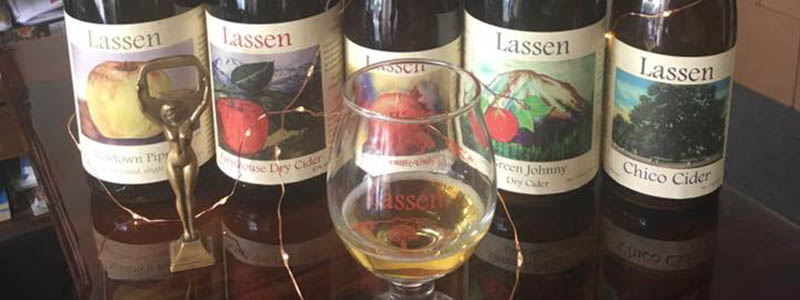
Education on styles is important for Ben Nielsen of Lassen Cider.
“I think the sweet/dry scale should be emphasized, as so many people still relate cider to be sweet,” he noted.
He also feels a label should say what kind of apples were used and where the apples are from. He also thinks the year the apples were harvested in is also crucial, but that is currently prohibited for cider by the TTB label approval rules.
“It’s also prohibited to use American Viticultural Area designations,” Nielsen pointed out. “So I can’t say the apples were from the Sierra Foothills, for example, but I can say what orchard they were from.
“I think these rules need to be changed for cider, as I think this is essential information for the consumer, just as it is for wine. I like to see cider better able to express terroir.”
Denkers and Nielsen will share more of their insights on labeling coming in a second part that will run in January.



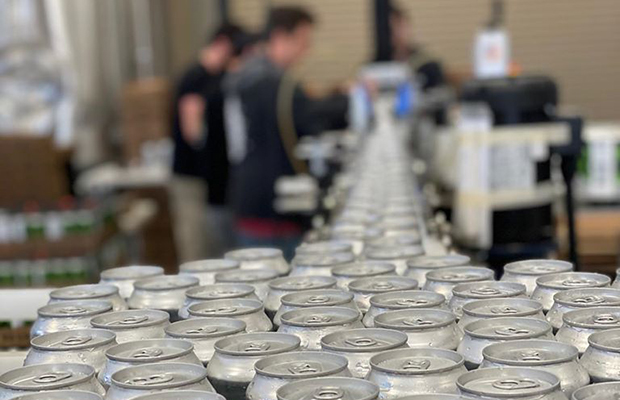
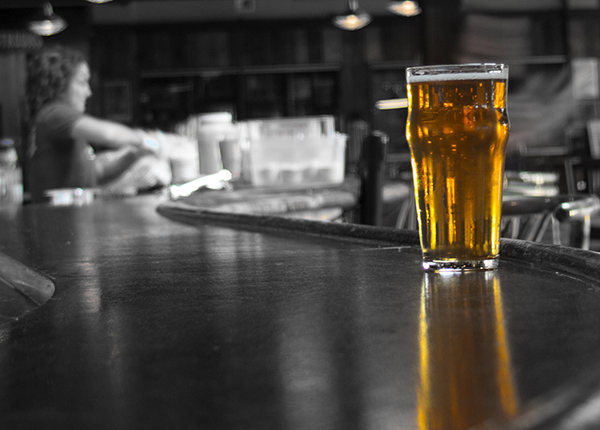
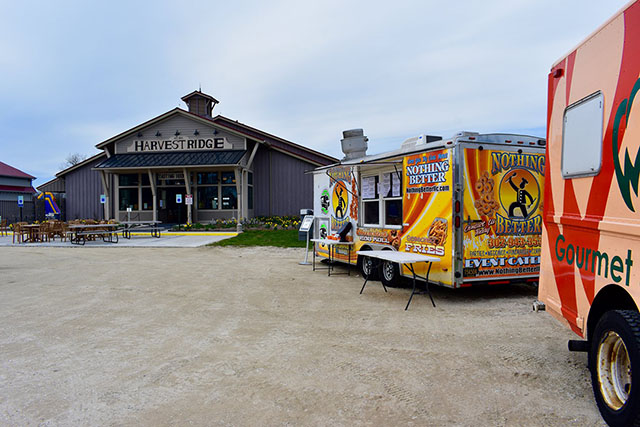
1 Trackback / Pingback